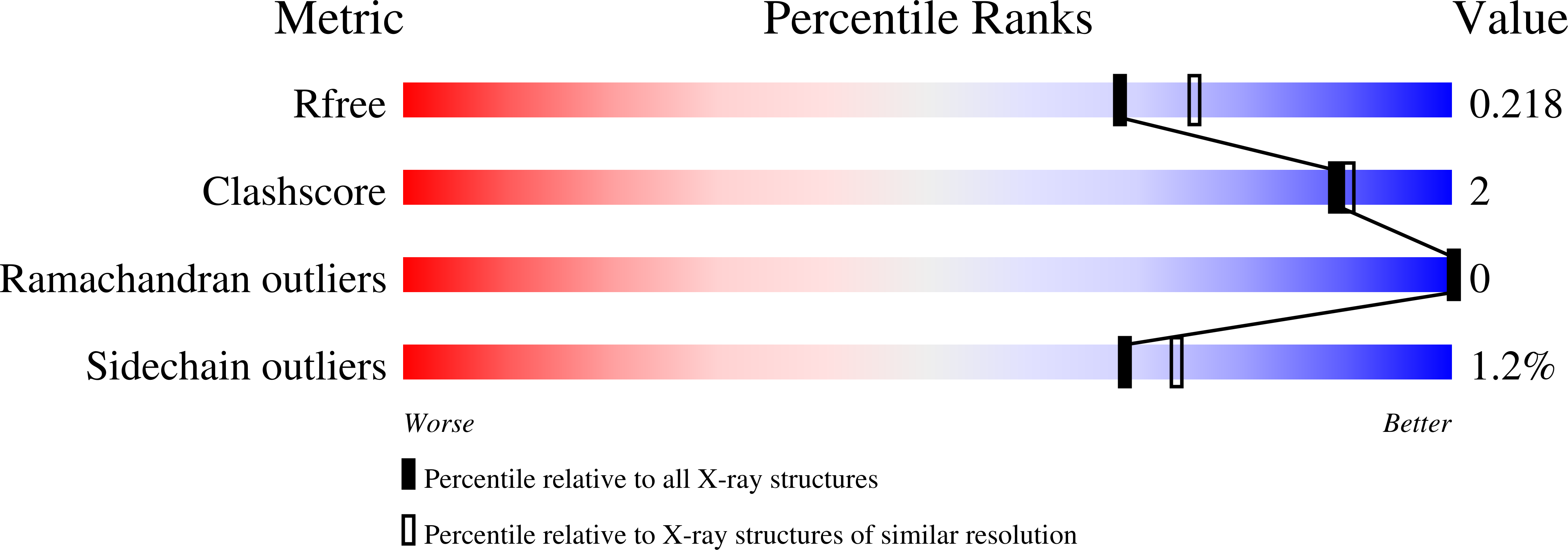
Deposition Date
2007-07-03
Release Date
2008-04-22
Last Version Date
2023-08-30
Entry Detail
PDB ID:
2QI1
Keywords:
Title:
Crystal structure of protease inhibitor, MIT-1-KK81 in complex with wild type HIV-1 protease
Biological Source:
Source Organism:
Human immunodeficiency virus 1 (Taxon ID: 11676)
Host Organism:
Method Details:
Experimental Method:
Resolution:
2.00 Å
R-Value Free:
0.20
R-Value Work:
0.15
R-Value Observed:
0.15
Space Group:
P 21 21 21


